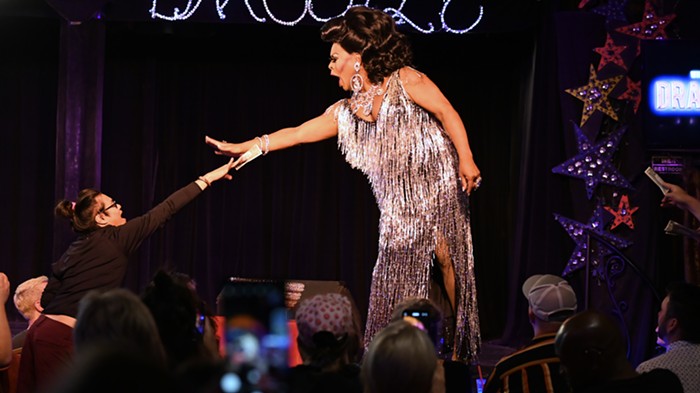Like a burned-out psych band name-dropped in Mojo magazine, the Jackpot Records Film Fest is back. This year's lineup includes new documentaries about Austin, Texas' music scene in the '60s (Dirt Road to Psychedelia), crate-digging (Vinyl), and fated '60s also-rans the Remains (America's Lost Band). The festival closes with a program compiling the best of TV Carnage, a hodgepodge of the most atrocious television a VHS cassette can hold. But the festival's jewel will screen on Tuesday night when Michael Holman's Graffiti Rock—the first hiphop show conceived for a national TV audience—gets a rare public airing.
Today, the legacy of 1984's Graffiti Rock is mixed. Holman believes his critics—who claim he merely exploited a nascent subculture—miss the point. "There's this assumption that if you were to go back to the Bronx as late as '81, everyone was into hiphop," Holman said in a phone interview. "But nothing could be further from the truth. It was still an underground thing, relegated primarily to junior high school kids."
With that in mind, Holman focused primarily on the younger generation who were upholding the scene's cosmopolitan ethic. "They couldn't afford to go to discos. So they partied uptown at parties thrown by Afrika Bambaataa," Holman says, referring to the DJ legendary for spinning everything from James Brown to the Monkees.
By the time Holman secured the finances to produce the show, hiphop was gaining critical acceptance with the first album by Run-DMC, who made their TV debut on Graffiti Rock. But in 1984, television executives were still unconvinced, and Holman's pilot was never picked up.
This impasse only delayed the inevitable. Once hiphop finally crossed over, it was with gangsta rap in the early '90s. Here, hiphop's growth strayed from the old school's cosmopolitan roots, to a conservative obsession with "keeping it real" pumped into millions of suburban teenagers' homes via MTV. Twenty-five years after its taping, one can look at Graffiti Rock not as a harbinger of what hiphop became, but as a document of a subculture's dashed possibilities.



















